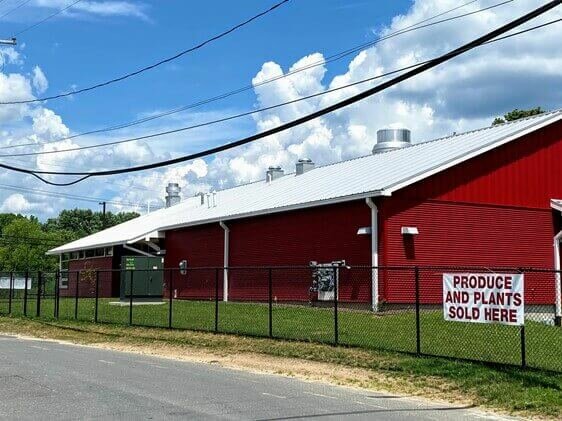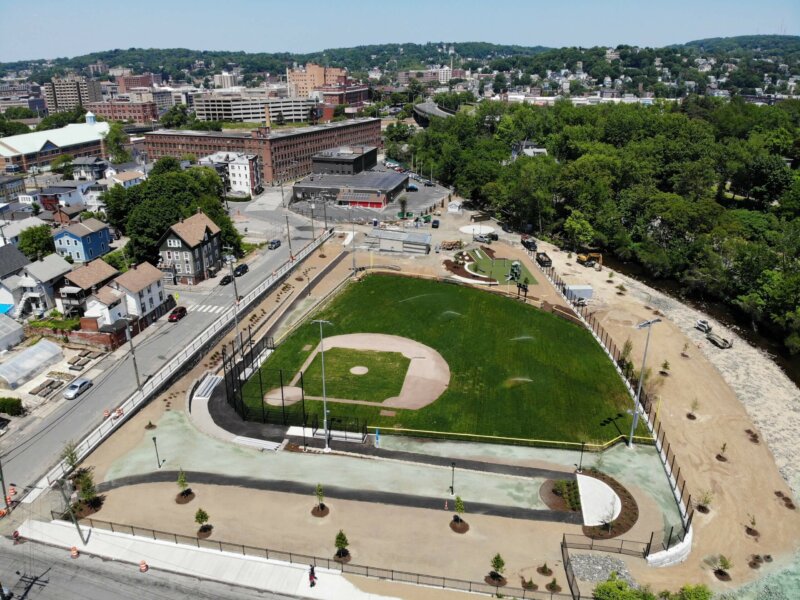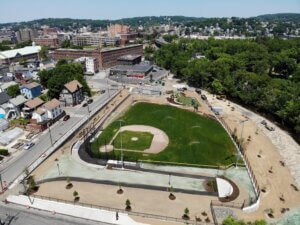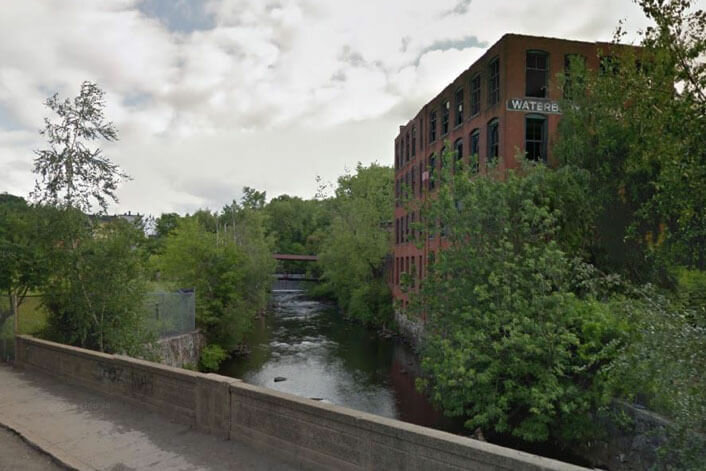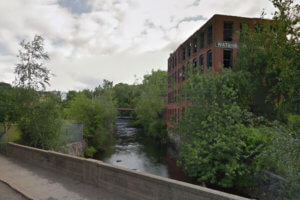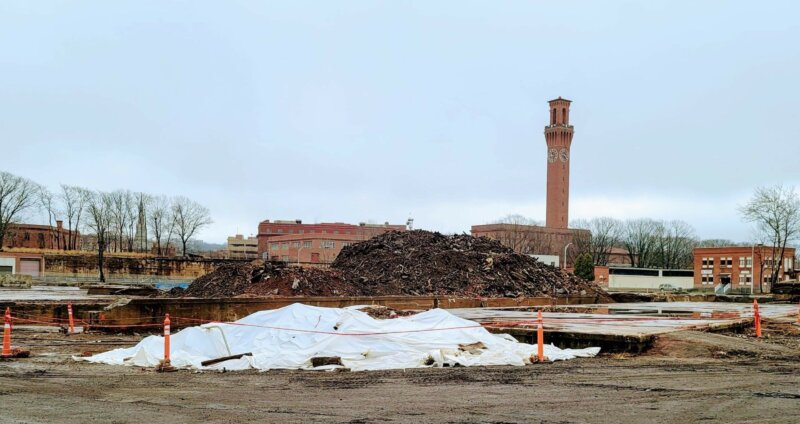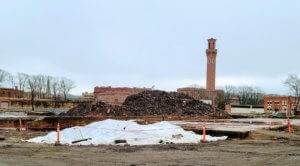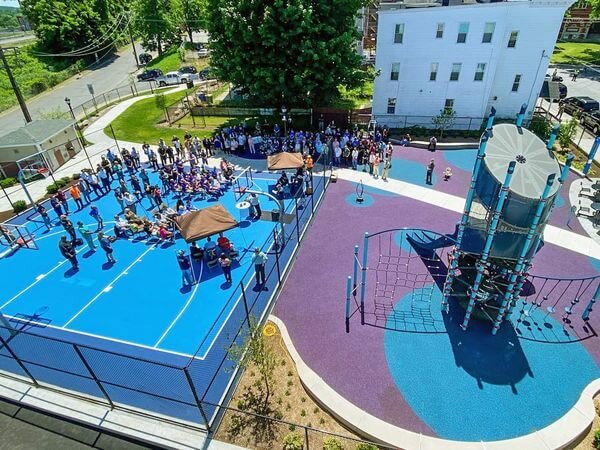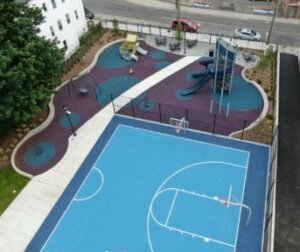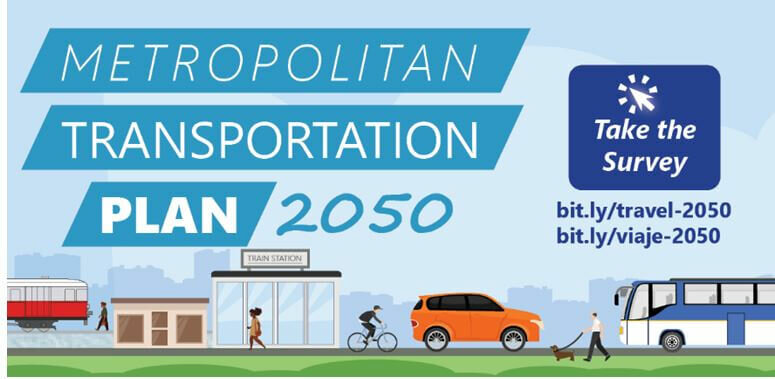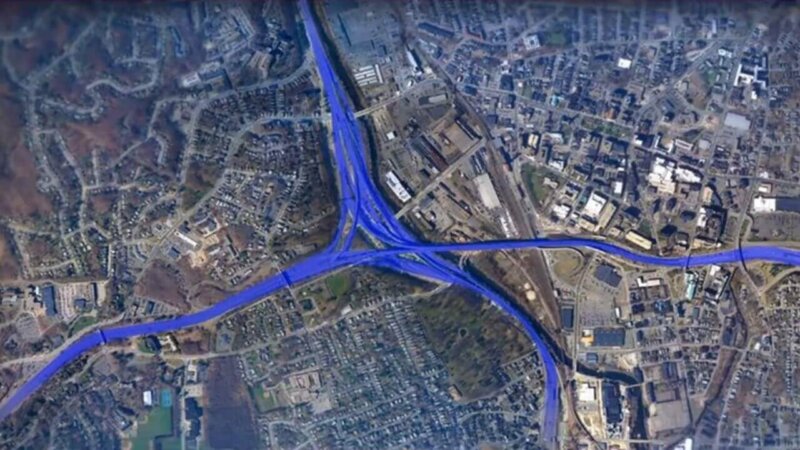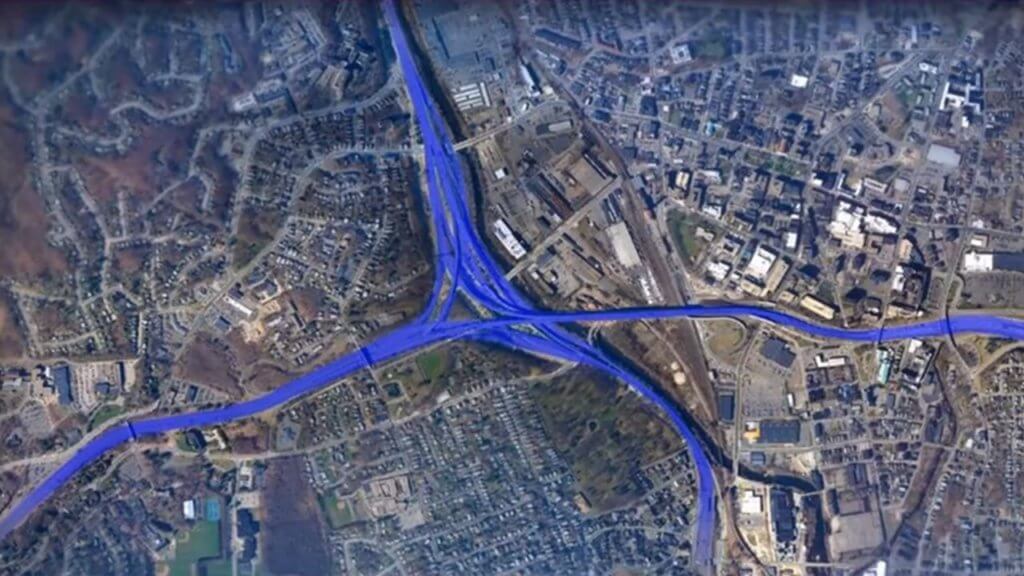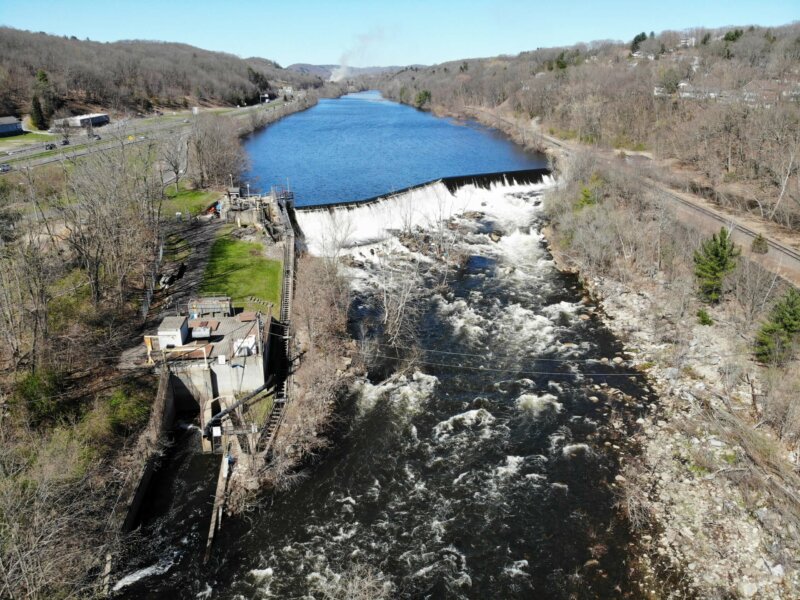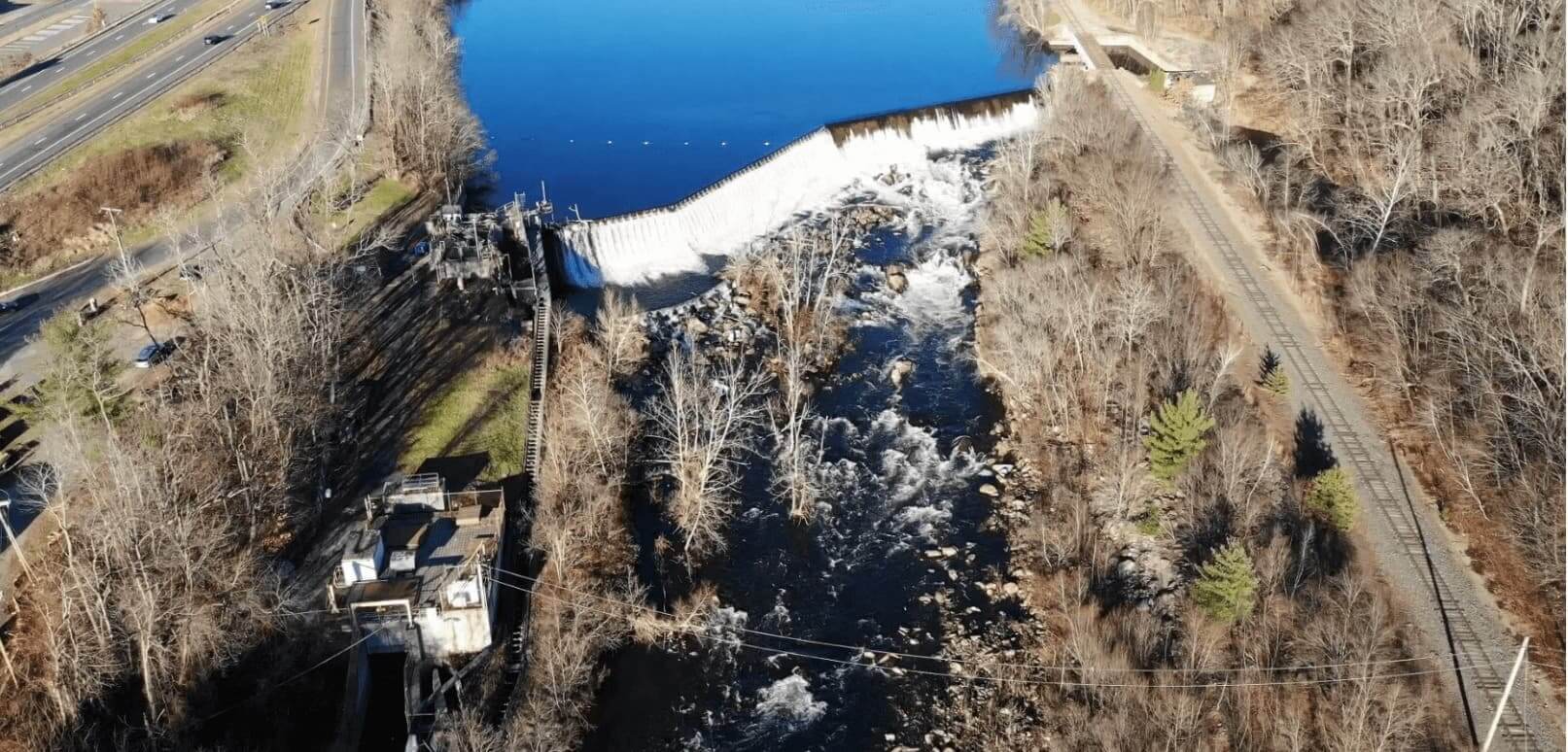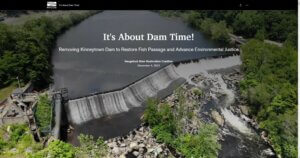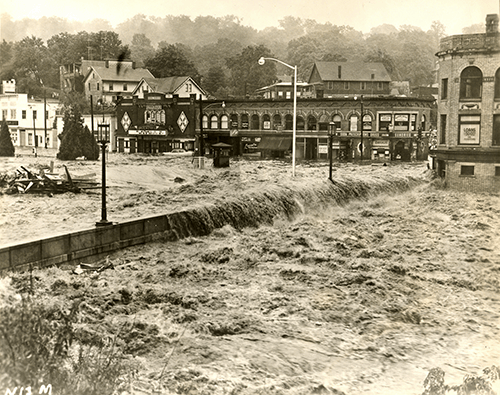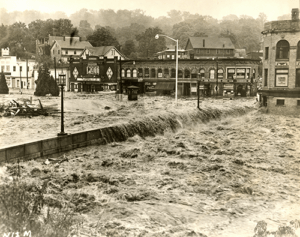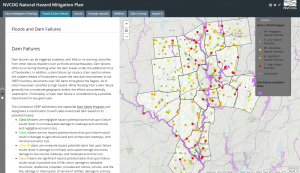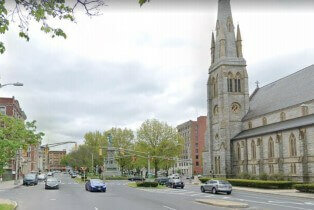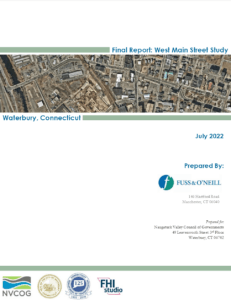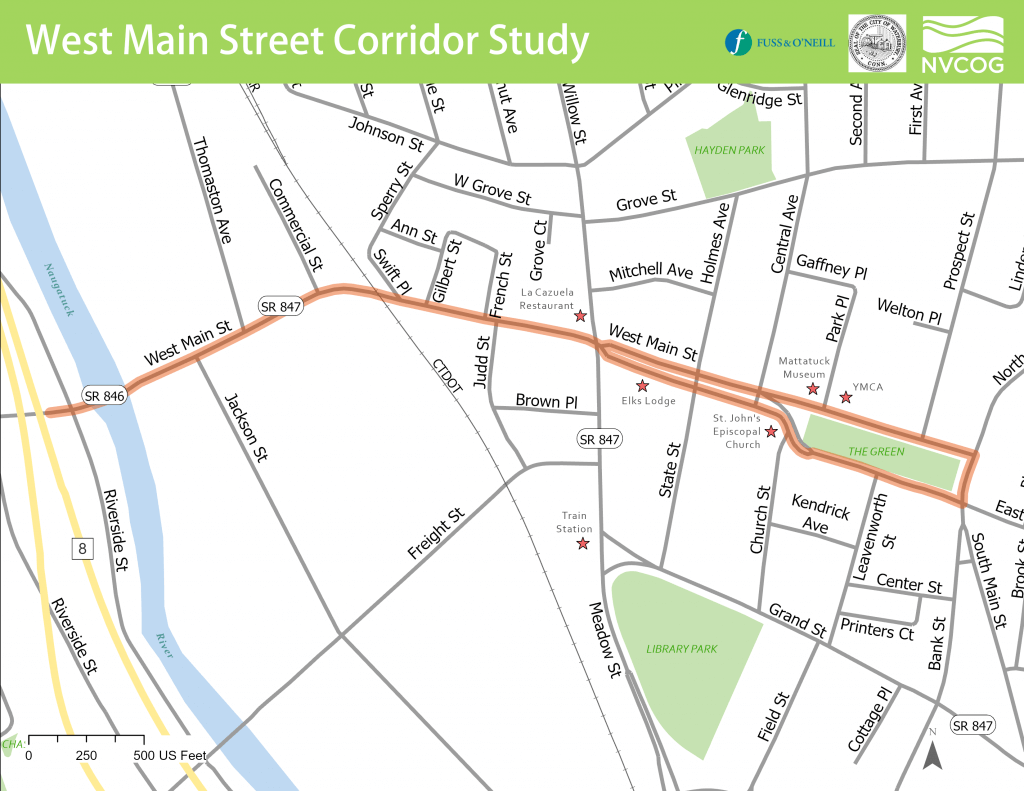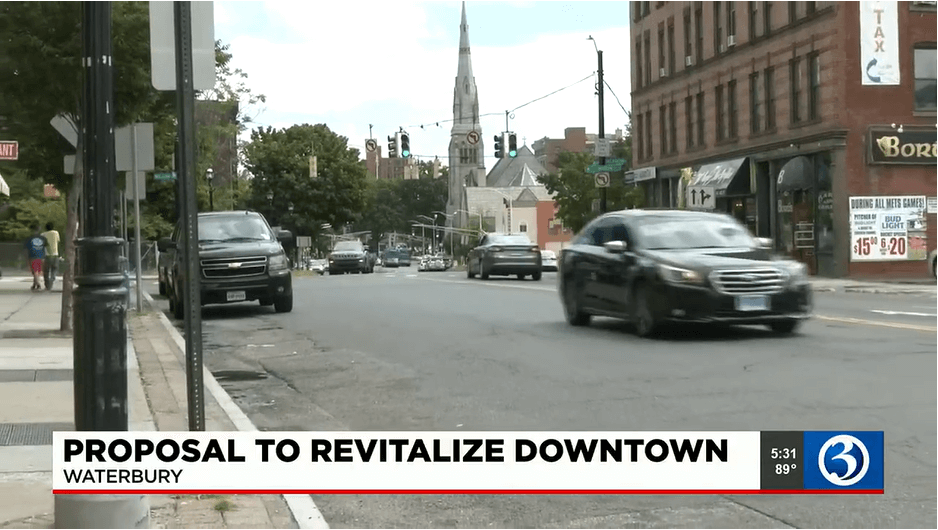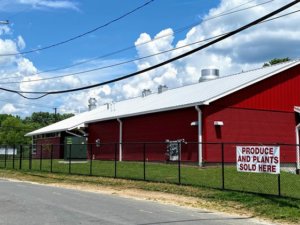
Project Type: Cleanup Planning
Activities: The Revolving Loan Fund Committee of NVCOG has awarded the Waterbury Development Corporation a $86,000 sub-grant to assist with State remedial closeout requirements at 359 Mill Street, Waterbury. The Site, also known as the Brass City Harvest, is a 501(c)(3) non-profit organization that uses urban agriculture to build self-reliance skills, empower residents to modify their dietary behaviors, and increase fresh food access points in the community. This food hub now infuses more than 200,000 pounds of fresh, locally grown food into the community each year.
Recently, NVCOG granted a supplemental award of $285,000 to conduct cleanup planning at two adjacent, vacant parcels at Lot #19 and 777 South Main Street. Once remediated, these parcels will house an expanded marketplace and new greenhouses. Environmental requirements include groundwater sampling and monitoring, as well as closeout reports.
Project Status: The Waterbury Development Corporation has secured the environmental firm to complete Phase II of the
project, including remedial design and soil and groundwater remediation on Lot #19 and 777 South Main Street. Phase I of remedial activities have been completed. Phase II will begin in late summer 2023.

